There are many attractions and sights that Moscow is famous for, and it may be hard to believe, but the Moscow Metro is definitely one of the most prominent. The metro system can be considered the heart of Moscow. During the peak hours of rush and traffic, many people are moving in the streets leading to the subway stations. People who are either going to get on the subway or have just left it. In addition to being Moscow’s main public transportation system, the metro is also a monument to Russia’s turbulent history and identity. If you are also interested in getting to know this Moscow attraction, join us.
Moscow metro is one of the busiest metros in the world
The Moscow Metro transports many passengers daily between all its metro lines. According to the announced statistics, about 9 million people are commuting in the subway stations of this city. The Moscow Metro consists of 14 lines and 212 stations and covers a route of about 360 kilometers. 44 of these 212 stations are historical centers and are among the most important tourist attractions of the city. Why and how these stations are among the most expensive historical places in Moscow will be explained below.
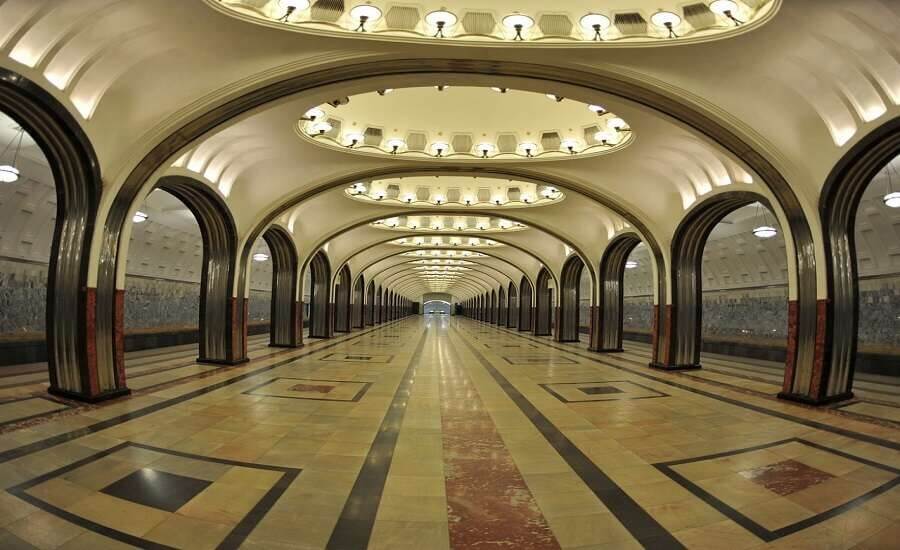
Moscow metro is one of the busiest metros in the world
It all started during Stalin’s era
The first plan to build the Moscow Metro dates back to the time of the Russian Empire; But its construction began in 1931 and the first station was opened to the public in 1935. The first Moscow metro was part of the red metro line, extending from Sokolniki to the city center, which was 11 kilometers long. The initial plan of the Moscow Metro included 10 lines and a length of 80 km. Only Russian workers and volunteers were employed to build the subway, but the original design of the subway was done by engineers who had previously designed the London subway.
This issue caused the elegance in the construction and very attractive architecture of the metro stations of this historical city.
What happened to the Moscow Metro during the wars?
The Second World War had a great impact on Russia, and the construction of the subway was not without these effects and the mood of that era. The original interior designs of subway stations were replaced with war themes. The construction of new stations was delayed and some stations were taken out of service. Many metro stations were used as air raid shelters during the siege of Moscow in 1941. All of these events and incidents had a significant and sometimes lasting impact on the appearance and performance of Moscow metro stations.
After the war, constructions resumed and the most iconic line of the Moscow Metro, the “Ring Line” station, began to operate. This line made switching between lines surprisingly easy. The loop line is displayed in brown on all Moscow metro maps.
There are various rumors about this line. It is said that this section was never in the original design of the Moscow Metro, but Stalin placed his coffee mug on it while reviewing the map, and the ring design fell on the map, and because everyone was afraid of Stalin, no one dared to change it. The Cold War reduced the budget needed to build the subway. For this reason, the stations that were built in this period have the same and simpler appearance than the central stations of the city.
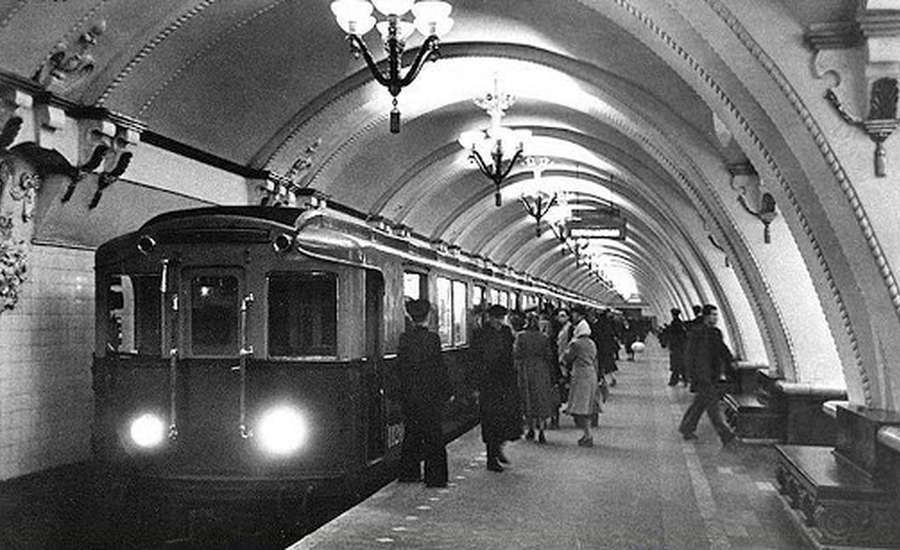
The first plan to build the Moscow Metro dates back to the time of the Russian Empire
How is the Moscow metro these days?
The Moscow Metro is still developing and expanding. So that every year new stations are added to the main lines of the Moscow Metro. this is also a cultural element; For example, it can be said that all the post-apocalyptic novels of Dmitri Glukhovsky take place in the this metro.
Visit these beautiful metro stations on your trip to Moscow
These winding metro lines are figuratively and literally the heart of Moscow. If you want to really get to know the city, you need to start with the Moscow Metro.
Park Kultury
One of the first Moscow metro stations, Park Kultury, was opened in 1935. This station was built by the Russian architect, Georgi Krutikov.
Since this metro station is located right on Krymskaya Square, it was supposed to be named Krymskaya, but it was changed to Park Kultury imeni Gorkogo and later shortened to Kultury Park just before the 1980 Moscow Olympics. This station is famous for having two rows of columns covered with carved marble. This subway is a place where young people do activities such as skating, tennis, dancing and even aerodiling, and it is a hangout for many teenagers and residents of the same area.
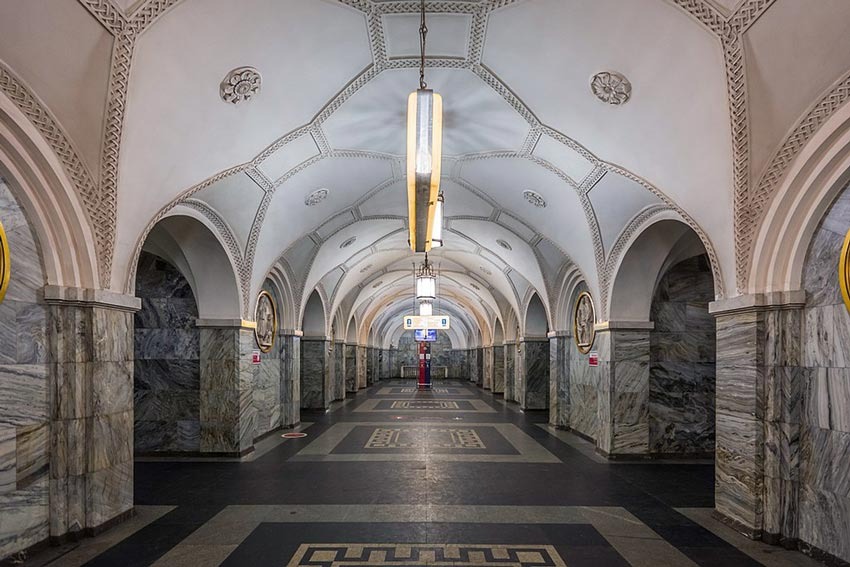
Park Kultury
Revolution Square Station
Ploshchad Revolyutsii metro station was opened in 1938. This Moscow metro station can be considered a gallery of 80 bronze statues of Russian revolutionary figures. There are rumors about these statues that if you touch any of them, some kind of miracle will happen to you. Behind each of these statues is a real and revolutionary character and an amazing story, which is a national identity for Russians.
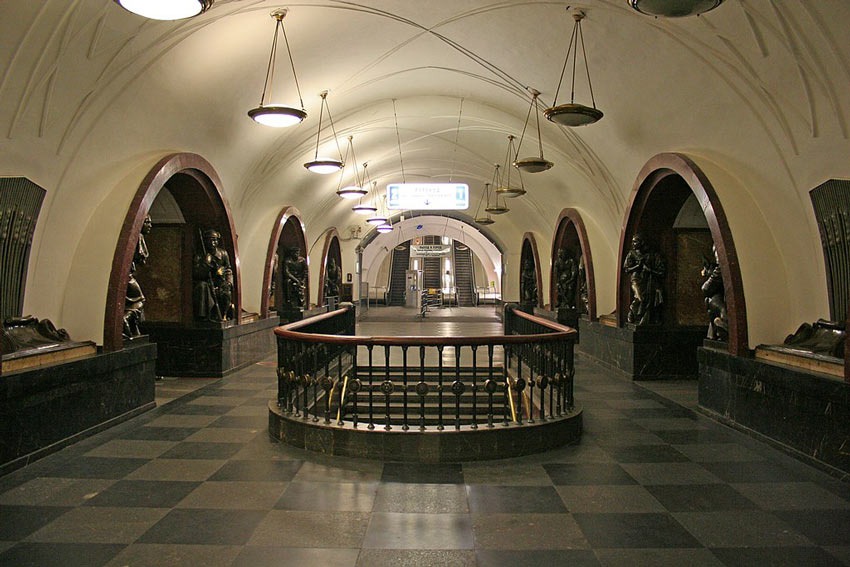
Revolution Square Station
Arbatskaya station
The second largest metro station in Moscow after Sparrow Hills station is Arbat or Arbatskaya station. The construction of this 220-meter long station was completed in 1935. The architecture of Arbat station is Gothic style with arched ceiling, exquisite bronze chandeliers, marble floor and ceramic flower bouquets.
Various sights, including beautiful architecture and artistic designs on the walls, have made the space and appearance of this metro station strangely attractive.
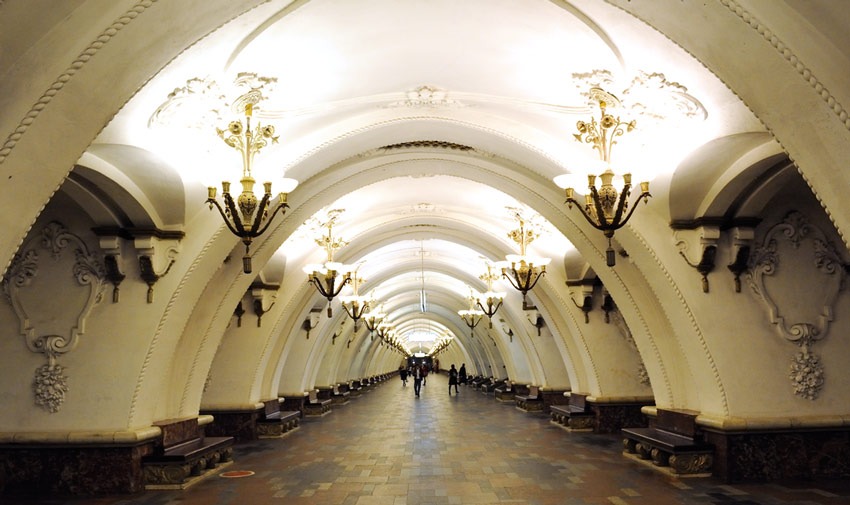
Arbatskaya station
Kyivska station
One of the top 10 metro stations in the world and one of the largest metro stations in the world is Kievskaya, which was built by Nikita Khrushchev to celebrate the 300th anniversary of the unification of Russia and Ukraine in 1954. Kyivska station is famous for its special decorations, magnificent chandeliers, large mosaics meticulously designed by Russian artists and decorated with fantastic golden flowers.
Among all Moscow metro stations, this station is one of the most spectacular, beautiful and attractive metro stations, which is highly popular among tourists, travelers and even Moscow residents.
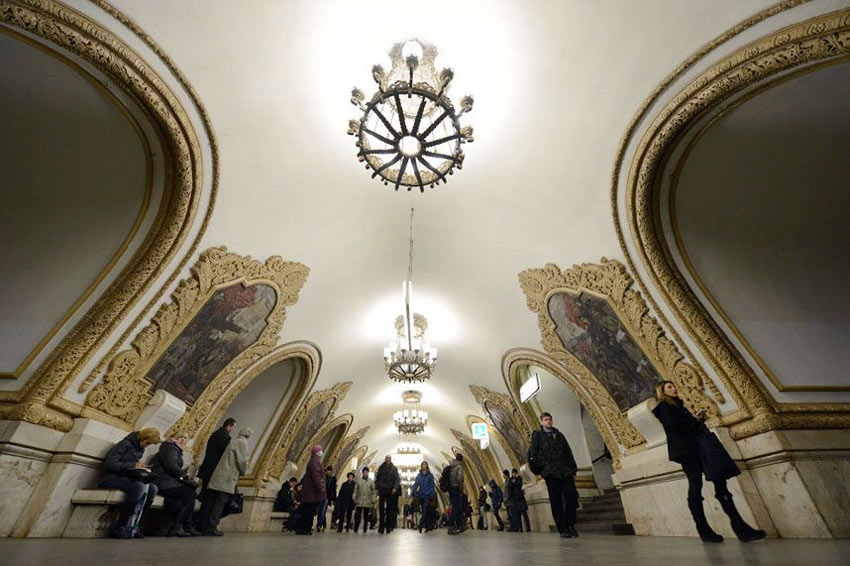
Kyivska station
Mayakovsky station
Mayakovskaya, one of the oldest metro stations in Moscow, was opened in 1938 and won the grand prize at the 1939 World Fair in New York. This metro station was the main refuge of Moscow, where Stalin gave a speech at the meeting of the Moscow Deputies Conference in 1941. Still, Mayakovsky metro station is more important among other metro stations in Moscow, which is the most decorated and decorated during national holidays.
There is a mosaic collection called the Soviet sky in 24 hours at this station, which includes 34 mosaic pieces with the theme of the Russian aviation system and was made by Alexander Dainka.
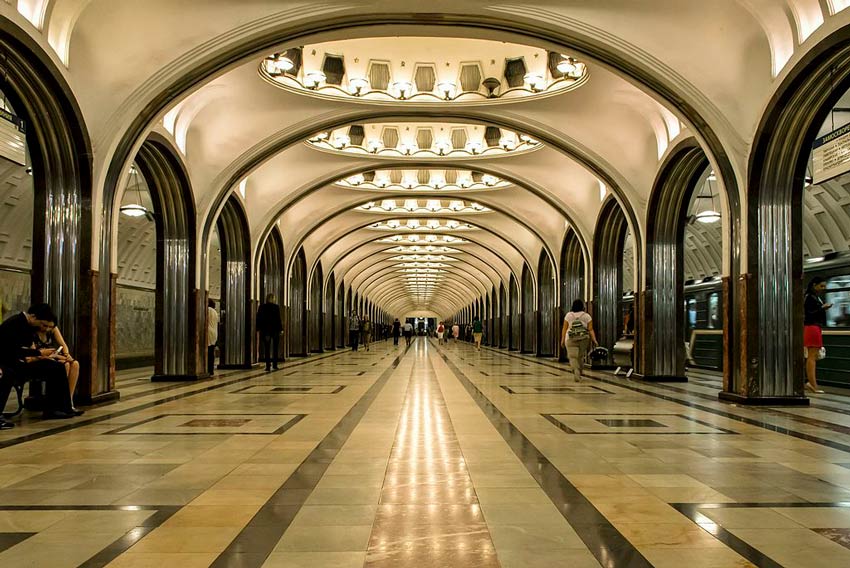
Mayakovskaya
Elektrozvodskaya station
Elektrozavodskaya station was opened during World War II and its name refers to the lamp factories nearby. Of course, this name can be considered a metaphor for the 318 lamps inside the station, which are arranged in an artistic style. The walls of the station are made of Geogrian Salieti marble. If you look carefully at the walls, you will see layers of ammonite and nautilus from the Jurassic period.
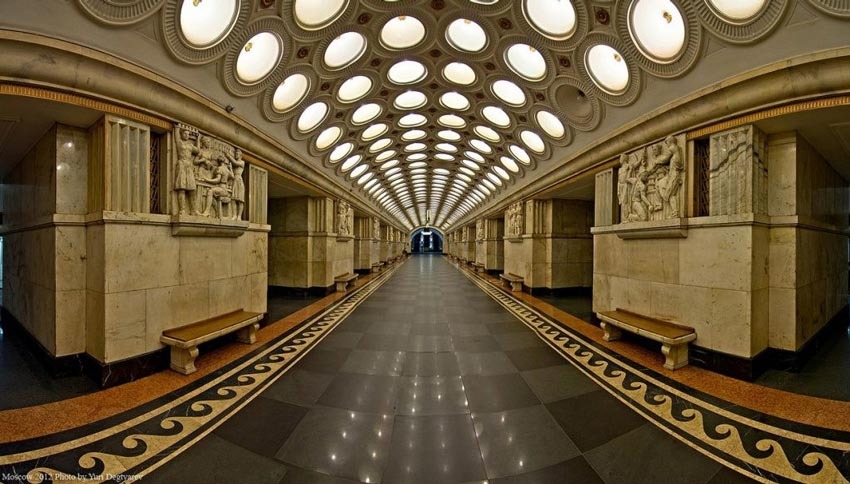
Elektrozvodskaya station
Novoslobodskaya station
The amazing Novoslobodskaya station will fascinate you with its 32 glass panels with beautiful and attractive colors. One of these glass panels was previously located in the cathedral of Riga city, which was transferred to this station.
Noslobodskaya station was built in 1952 by architect Alexey Dushkin. About 32 glass panels are used in this design, each of which is inside a brass frame. In a part of the wall of the station, a portrait of Stalin was carved on a piece of mosaic, which was replaced by the image of flying pigeons after his death.

Novoslobodskaya station
Titralnaya station
The theater station (Teatralnaya) is known by this name because of its proximity to the adjacent theater. This station was built in 1938 in the second phase of the construction of the Moscow subways. A tribute to the art and culture of Moscow, the theater station is decorated with beautiful paintings and marbles recovered from the destroyed Church of Christ the Saviour. Its central part, with its crystal chandeliers and terracotta columns, reflects the artistry of the Leningrad workers who built it.
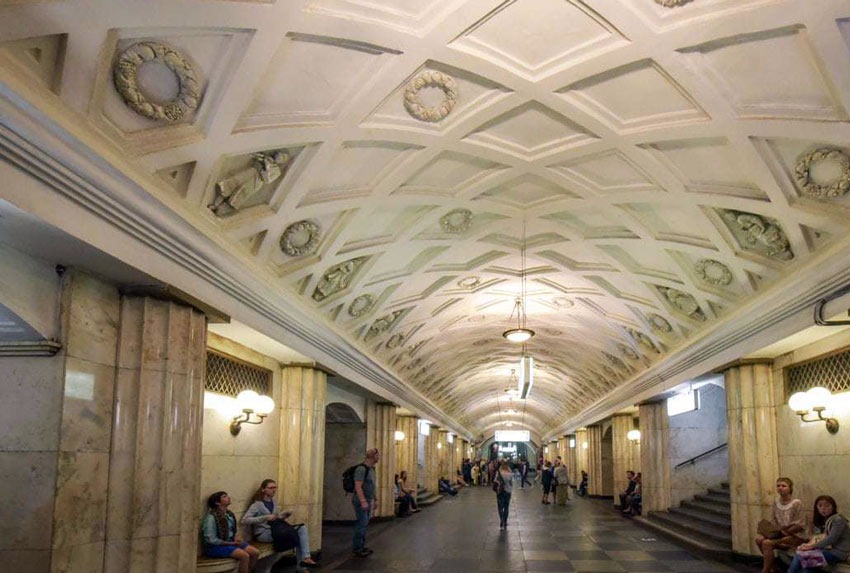
Titralnaya station
Komsomolskaya station
Komsomolskaya Station is similar to the Great Hall, which was built in 1925 as part of the second stage of the construction of the Moscow Metro. The memory of Nevsky, Dansky and other great military leaders are displayed on the mosaics on the ceilings and walls of this station.
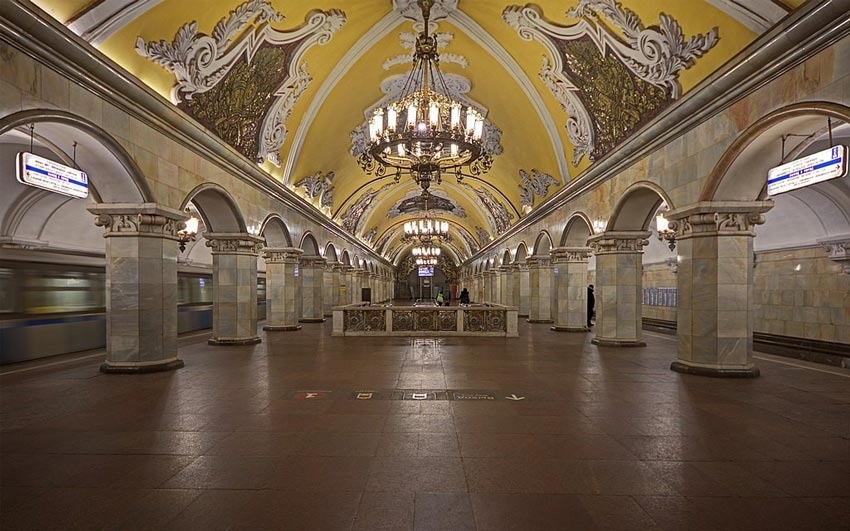
Komsomolskaya station
Novokuznetskaya station
Novokuznetskaya station was built in honor of the fighting men of the Soviet Union. Seven octagonal ceiling mosaics with reliefs depict the image of the soldiers of the Red Army and the Russian hero. Its marble benches that decorate the walls were inspired by the Cathedral of Christ the Savior. The main floor lamps also give a special beauty to this whole space.
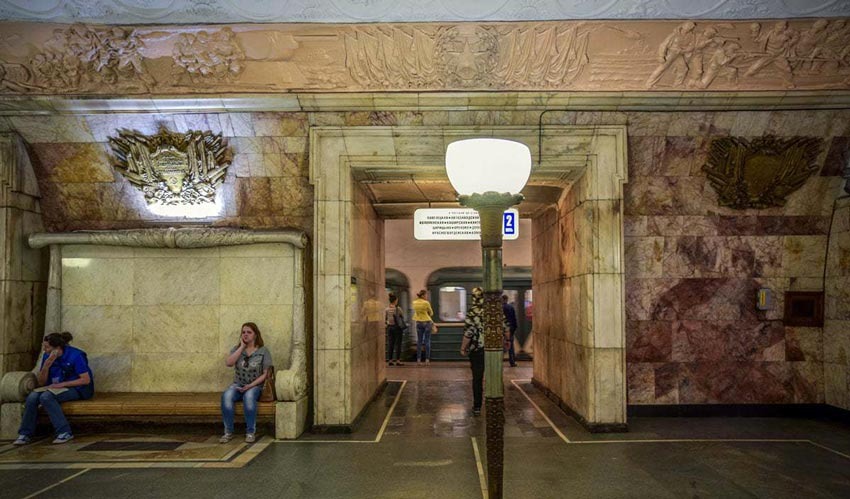
Novokuznetskaya station
See the beautiful Moscow Metro
The Moscow Metro is not only beautiful, but also very clean and safe, and of course, it is a cheap way to get around Moscow. Keep in mind that traveling on the Moscow Metro can be a bit daunting for many people, as the metro system is both large and crowded, and all signs and guides are written in Russian.
For this reason, Moscow has prepared metro tours for tourists, with their guidance, you can visit this most beautiful underground transportation system in the world and learn about its history and stories. Do not miss this opportunity.

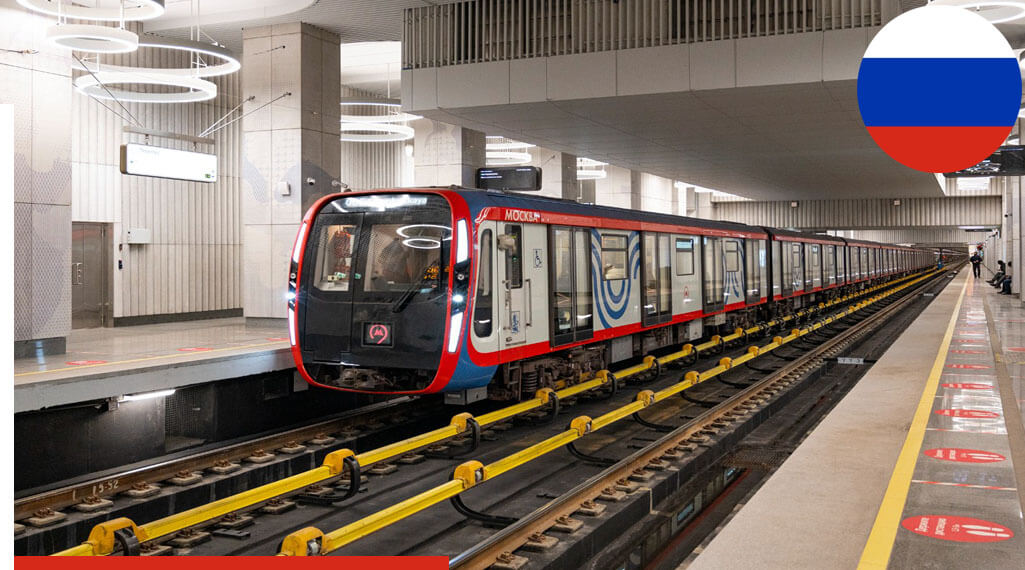
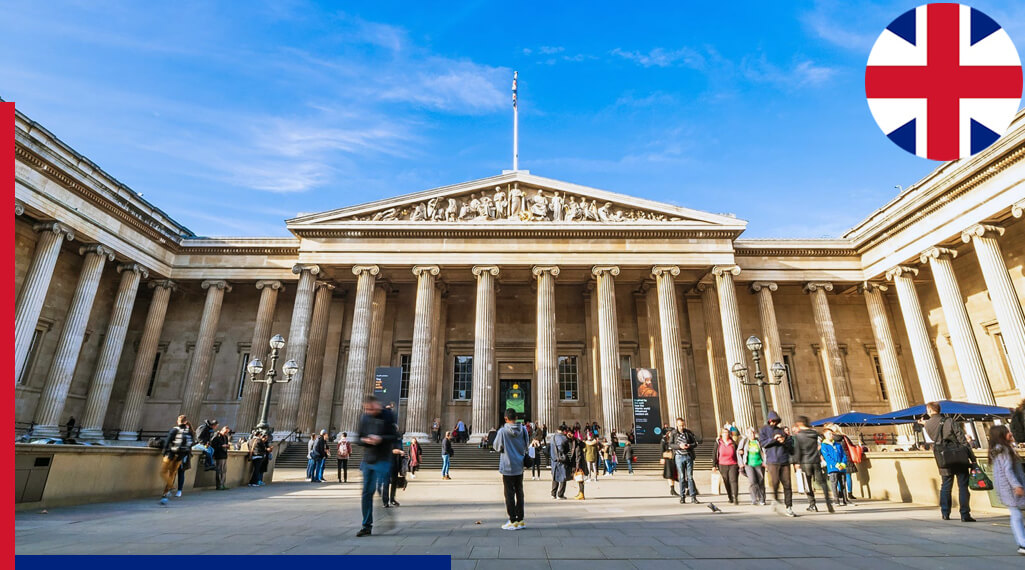
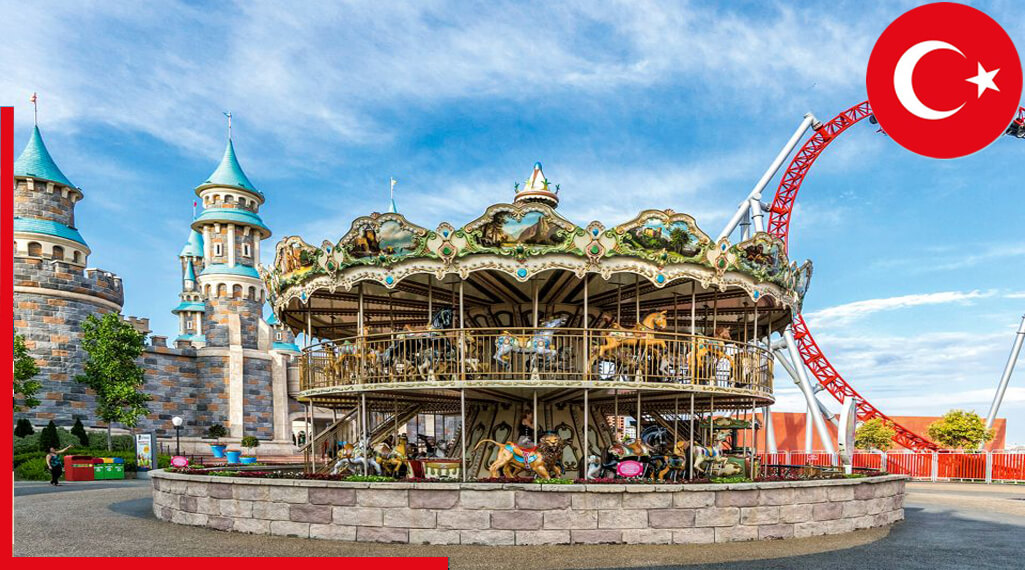
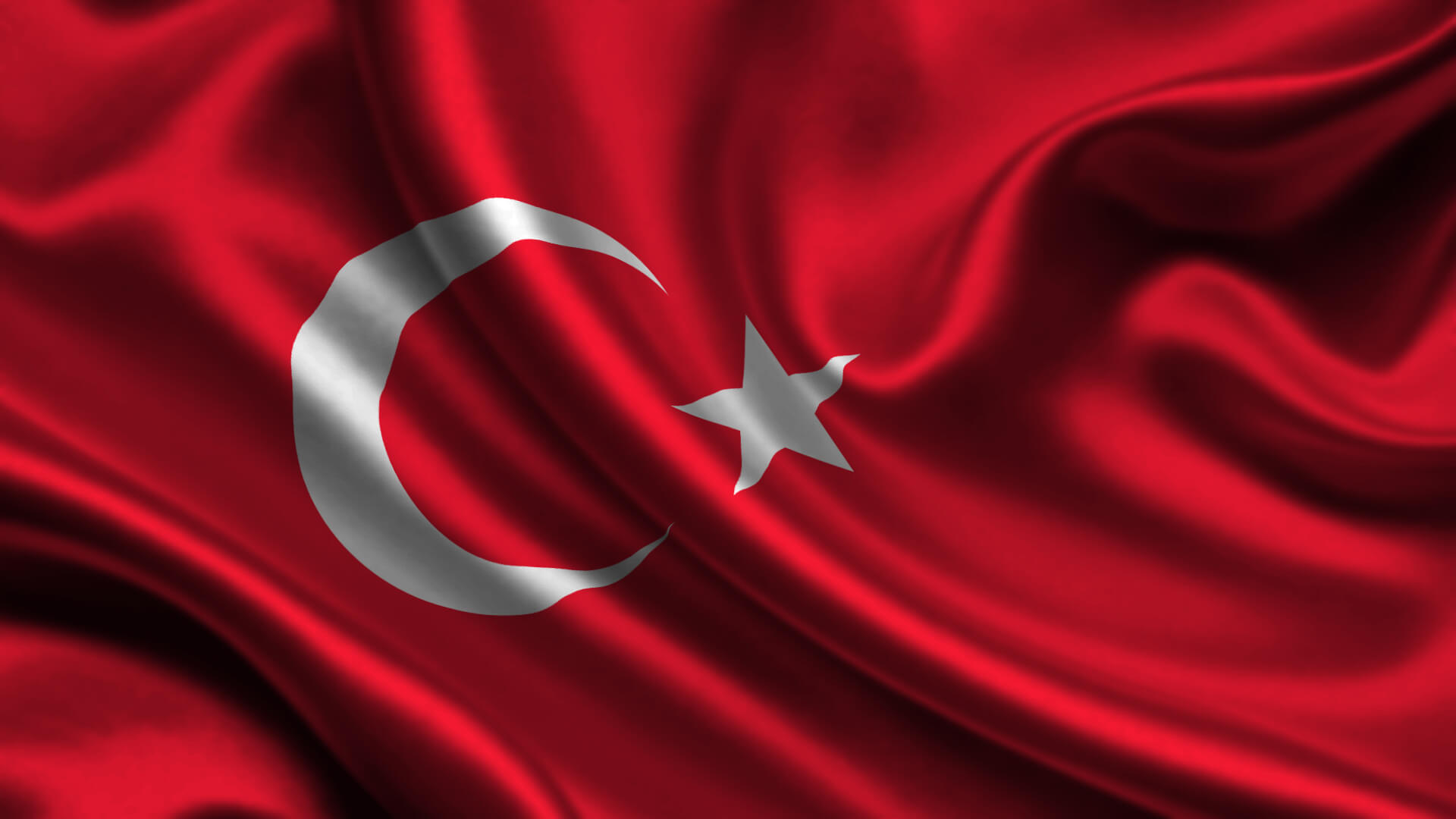
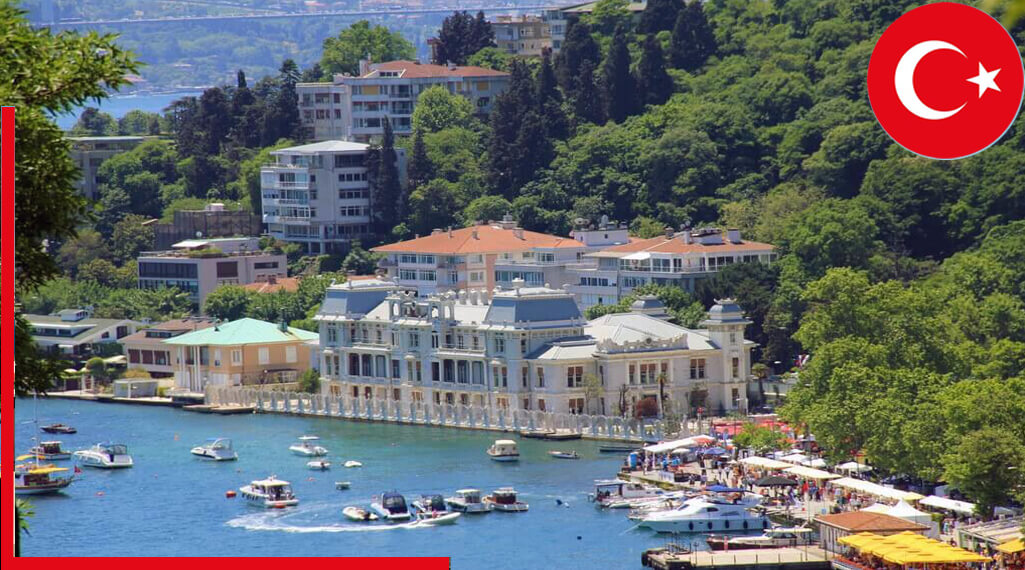
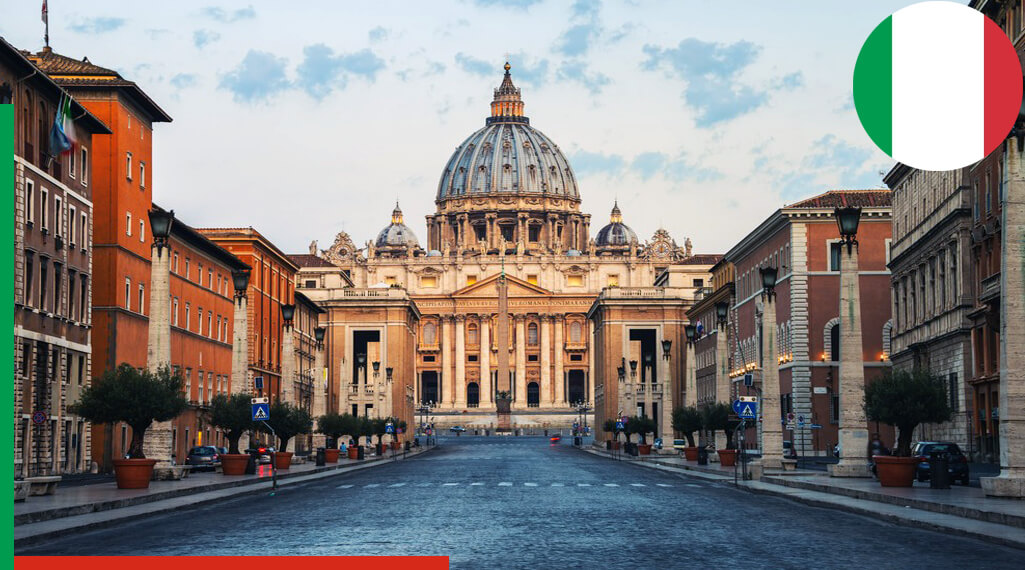
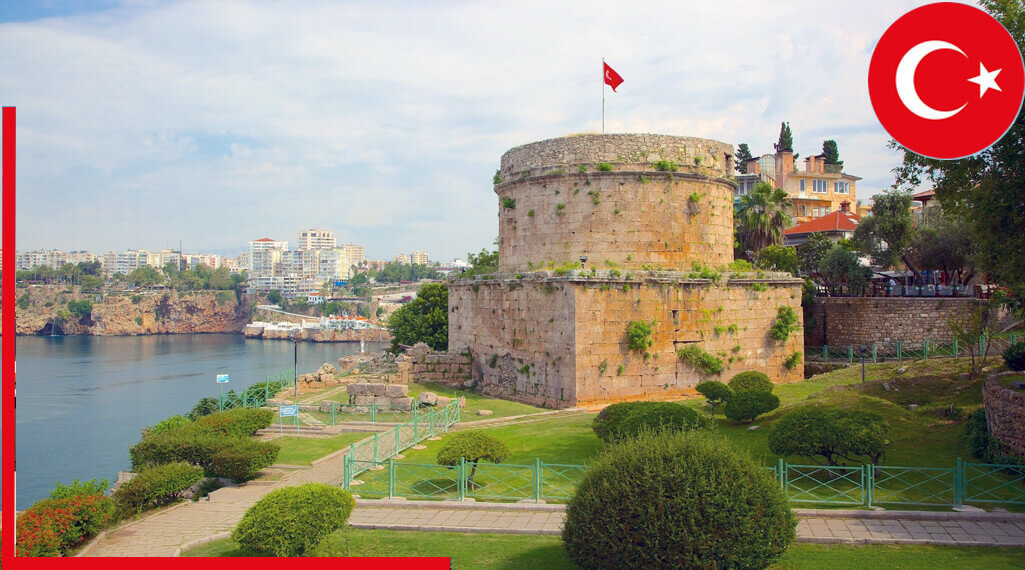
Recent Comments